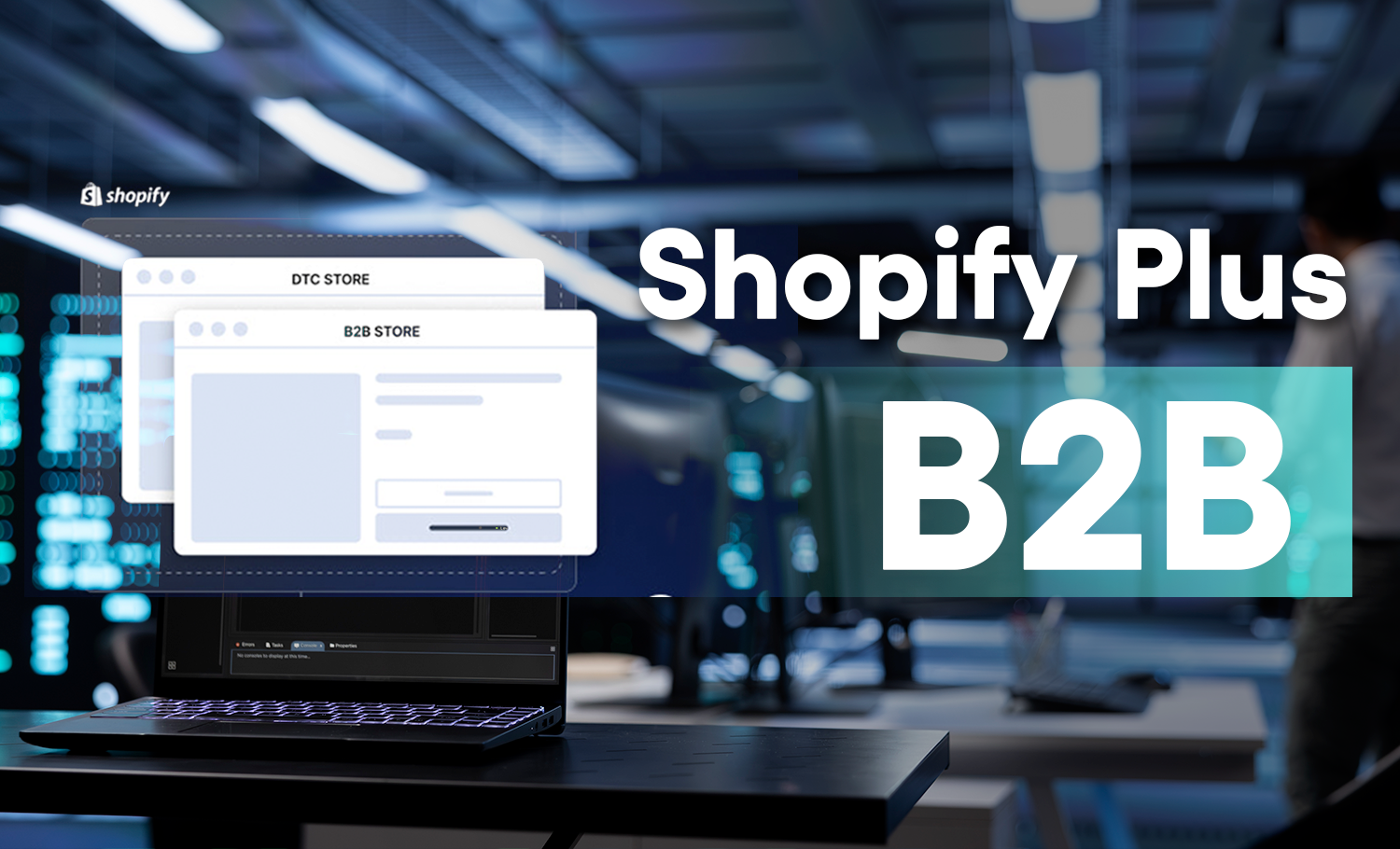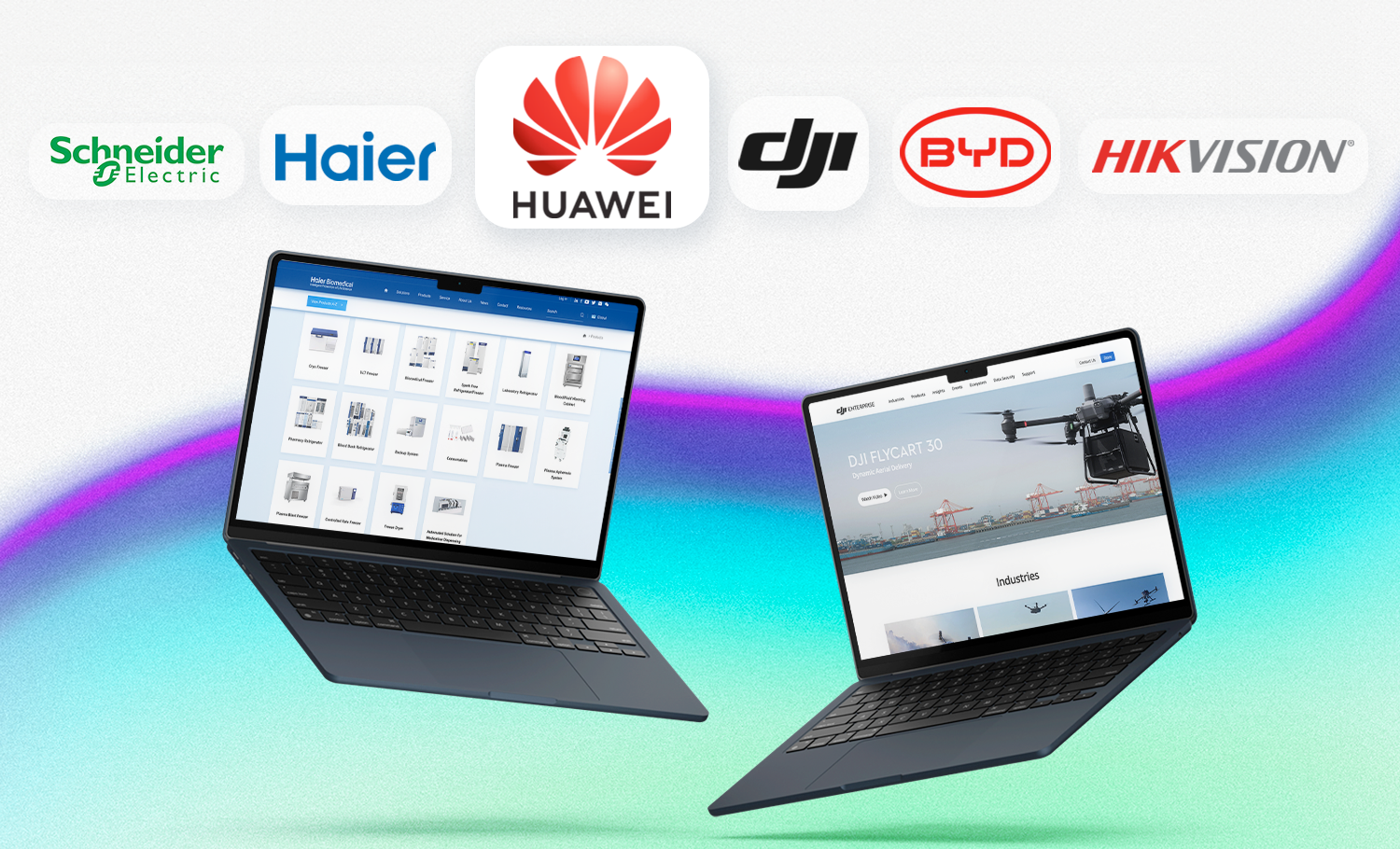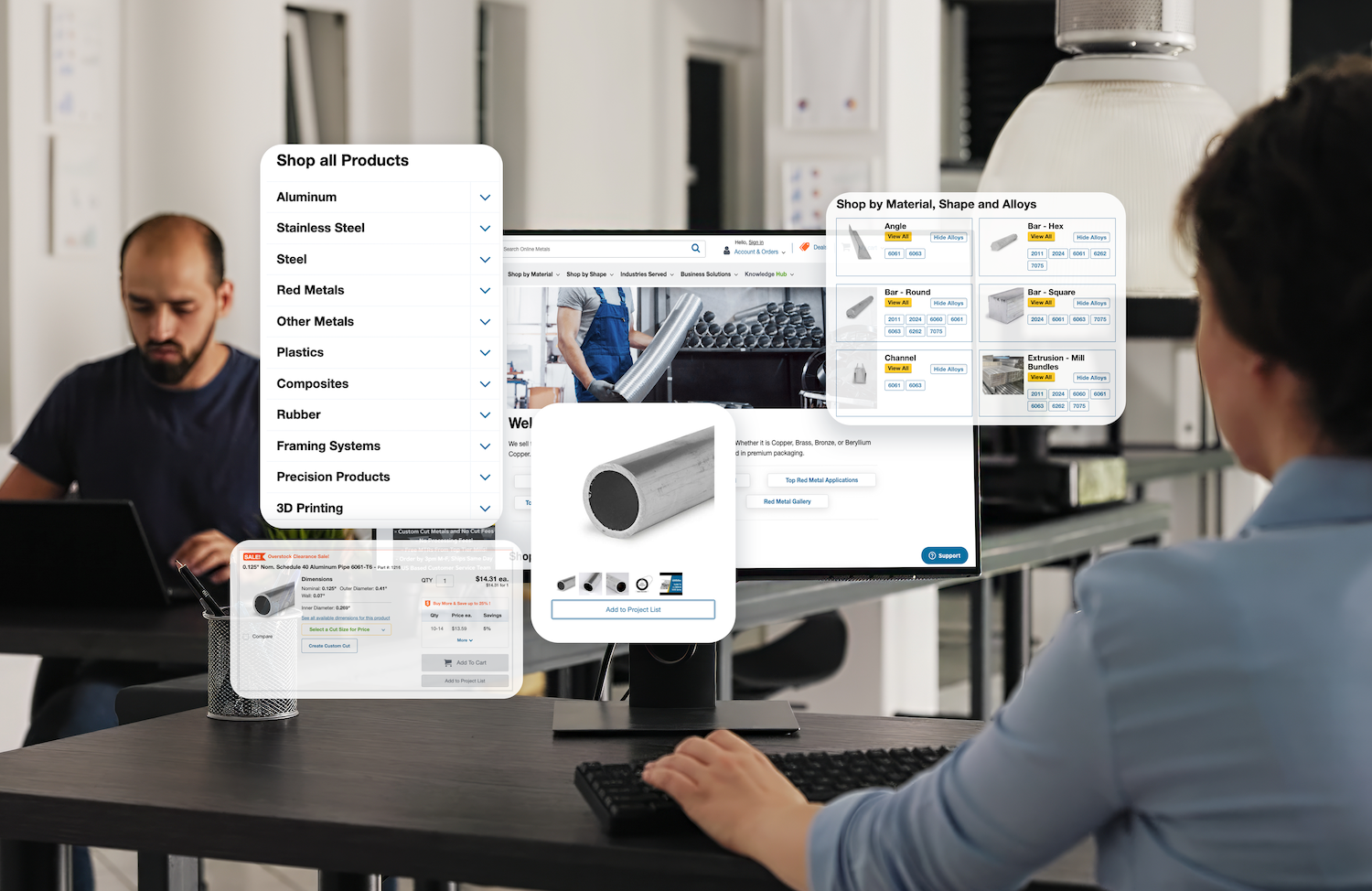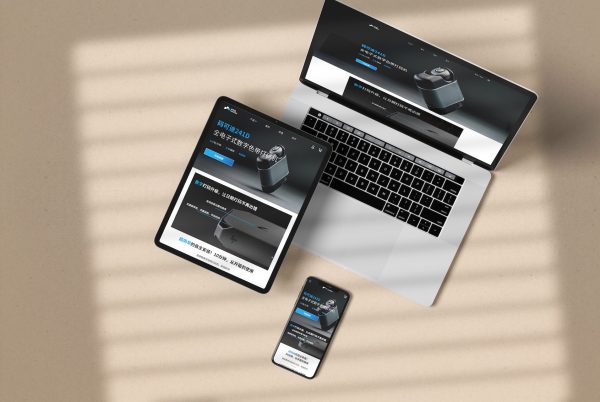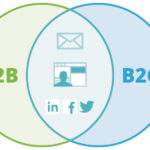In 2019, we're seeing more and more B2B players turn to the online sphere for their product search, research and purchasing needs, and as a result the complexity of B2B eCommerce transactions has continued to rise. The ranks of B2B buyers and sellers are swelling with millennials, who expect a fully digitally optimized buying and selling experience, much as they are accustomed to in B2C eCommerce in their daily lives. They're expecting to be able to find the information they want, when and where they want, and then to be able to instantly transfer this interest into a purchase - all as quickly and conveniently as possible.
According to a B2B industry report by Forrester, by 2020, it is expected that 55% of B2B users will complete "half or more of their procurement workload" online. In addition, 74% of survey respondents said that B2B eCommerce procurement is more convenient than offline alternatives, with 60% of them claiming to not like the involvement of sales people, preferring self-purchasing.
B2B eCommerce: Current State and Challenges
Buyers' online shopping requirements have already taken shape, and B2B eCommerce is being used to complement offline transactions, providing opportunities for brands to break past the traditional limitations of pure offline approaches. A survey of 500 multinational B2B manufacturers in 2018 showed that 78% of companies surveyed had been selling online for at least 2-5 years, and that most brands that have yet to roll out eCommerce functionality now plan to do so in 2019.

Despite these encouraging signs, many B2B manufacturers continue to stress the difficulty of creating eCommerce and digital capabilities that help buyers make informed purchasing decisions. According to a Gartner L2 survey, 62% of US B2B manufacturing still falls below average in terms of digitalization capabilities. B2B websites have complex functions by necessity, and must be customized to fit the company's approach and needs. Therefore, construction costs are high and no previous success case can serve as a completely applicable model for companies setting up for themselves. The path to full B2B eCommerce digital transformation is for now still long and plagued by roadblocks.
Difficult though it might be, improving their digital competitiveness remains a must for B2B manufacturers. This includes starting investment into B2B eCommerce website construction and site functions and upgrades, improving SEO optimization, and focusing on user experience to protect against the disruptive threats of competitors in the digital sphere.
How can you Build B2B eCommerce Competitiveness and Maintain Growth?
Building Personalized Services and Digital Experiences
B2B users now expect the same seamless buying experience as they're accustomed to on B2C websites. This means 24/7 self-service order functionality; direction to related recommended products; quick access to quotation, digital payment, and logistics services; and being offered online customer service and purchasing assistance. It also means that website speed, clear and multi-level website navigation, and helpful informative product descriptions are baseline expectations.

Additionally, "personalization" has become an important factor in driving sales and enhancing user experience. Even for B2B selling it is now necessary to put together targeted discounts and promotions, as well as to target different kinds of buyers with personalized product suggestions.
We recommend that B2B sellers provide catalogs and pricing customized to different groups of buyers or accounts. B2B buyers want catalogs, pricing, and even product selection to be personalized and curated according to their specific requirements (such as their company's changing needs and their organizational structure). Directory management capabilities can enable B2B sellers to differentiate the B2B user shopping experience and the service provided as part of it, making the experience more convenient and helping the buyer to feel better respected.
Integrated marketing tools are also highly recommended, as they help B2B sellers to quickly and easily go online, manage product content, and adjust pricing and promotions.
Driving Business Through Data Integration
In order to achieve sustainable growth, B2B companies should use data visualization and business intelligence tools to guide data analysis and enable the continuous revision of marketing decisions, which together can help these companies achieve comprehensive personalization and automation of their B2B business.
According to a Teradata report, 87% of marketers believe that data is their most under-utilized asset, and 60% believe that the ability to utilize data in using agile decisions is a key advantage of the B2B industry. In other words, there is a general trend towards the ability to give non-technical personnel 24/7 access to control dashboards and business intelligence tools.

In addition, it is important to seamlessly integrate data from multiple system sources (like ERP, OMS, CRM, Google or Baidu Analytics, social media, etc) to achieve better system synergy. To give a simple example, real-time integration of ERP inventory can help prevent the embarrassing and unprofessional situation where buyers are able to complete orders even though the products in question are out of stock.
Ensuring Stability and Expandability While Launching Online Rapidly
Years of careful preparation and cautious implementation can prove to be disadvantages in this fast-moving digital era, as by the time your platform is ready, it could already be months or years out of date. B2B eCommerce is one sphere where platform owners must stay flexible and ready to adopt the latest industry strategies. Current examples of such include rapid market validation and demand iteration through the use of minimum viable products (MVPs), and flexible deployment through the use of cloud platforms.
B2B websites require complex structures and functions, multiple layers, and a wide range of products and information. Mistakes in operation and maintenance will therefore result in even greater website slowdown or lag than a regular site. Research by McKinsey highlighted that slow website response time is one of the biggest factors that influences B2B buyers to not make a purchase online.
Increasingly, B2B platforms are moving to the cloud in order to stay flexible, enabling them to quickly adapt to the increasing expansion and stability requirements of B2B eCommerce.

Cloud deployment's inherent flexibility also helps B2B platforms to easily scale for overseas expansion and supports the integration of multiple sites, languages, currencies, and tax and shipping calculations. This is in addition to enabling easy adaptation and expansion in response to newly emerged solutions, and to enhancing the fundamental core capabilities of the eCommerce platform as a whole.
From on-the-ground research and network analysis to competitor research and background reading, a B2B eCommerce site needs to start with doing the appropriate research in order to fully satisfy customer requirements. In addition to providing all the above research services, TMO Group can provide B2B website design and full lifecycle services based on Magento2 (since 2021 known as Adobe Commerce), as well as offer a cloud hosting solution.


